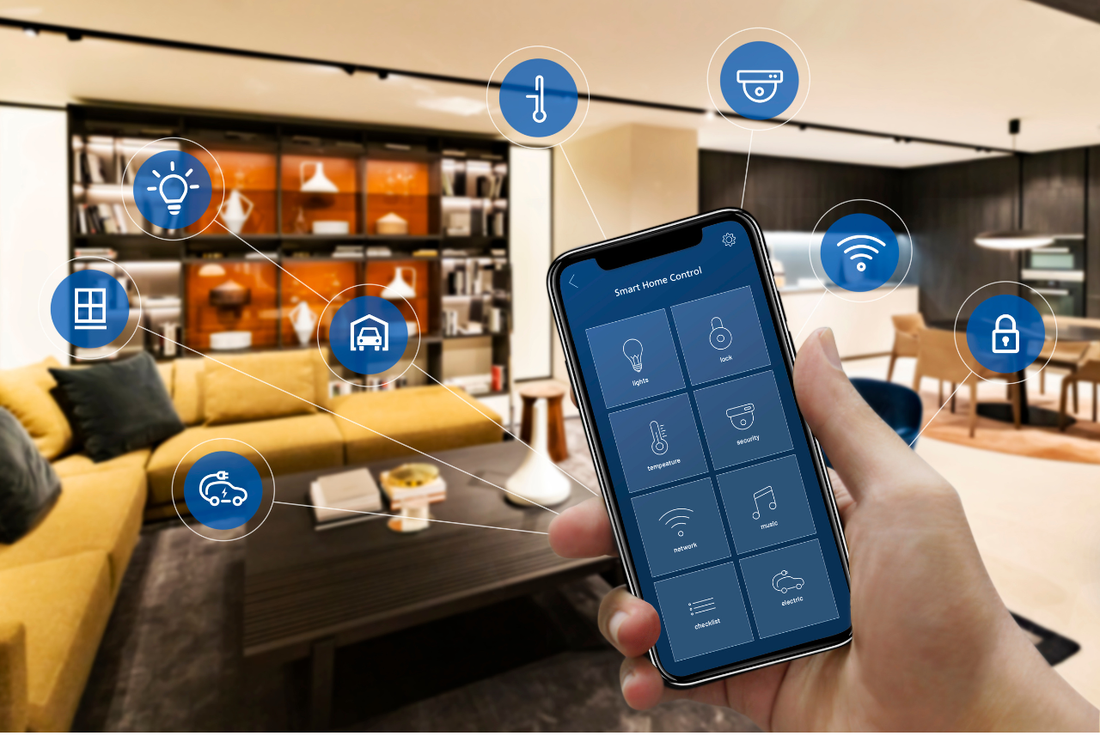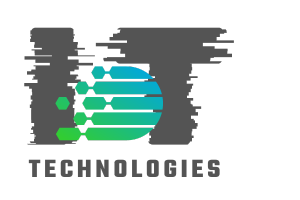
Low-cost Sustainable Home Automation Projects for Smart Living
Share
In the fast-evolving world of technology, home automation has emerged as a leading trend, promising convenience, efficiency, and luxury. However, the challenge for many tech enthusiasts and professionals is to implement these systems without breaking the bank and in a manner that is environmentally sustainable. This article delves into low-cost sustainable home automation projects that not only enhance your living space but also align with eco-friendly practices.

Why Opt for Sustainable Home Automation?
The primary reason for embracing sustainable home automation is the dual benefit of reducing energy consumption and decreasing utility bills. By integrating smart technologies, households can optimize their energy use, leading to significant savings over time. Moreover, sustainable solutions contribute to a reduced carbon footprint, aligning with global efforts to combat climate change.
It's not just about cost-saving; it's about creating a smart ecosystem that learns and adapts to your lifestyle. Imagine a home that adjusts its temperature based on your daily schedule, dims lights when not in use, and alerts you to water leaks before they cause damage. These are not futuristic concepts but achievable realities with the right approach.
Getting Started: Essential Components
The foundation of any low-cost home automation project begins with understanding the essential components needed. For those just starting, focus on these key areas:
Smart Lighting Systems
Lighting is an easy entry point for home automation. Smart bulbs and switches can be programmed to turn on and off at specific times or in response to certain triggers. They can also be controlled remotely via smartphone apps, allowing you to manage lighting even when you're away from home.
Intelligent Climate Control
Smart thermostats are a cornerstone of energy-efficient homes. They enable users to schedule temperature changes, monitor energy usage, and learn preferences over time. This not only enhances comfort but also leads to substantial energy savings.
Explore more about energy-efficient cooling systems to complement your climate control efforts.
Smart Security Solutions
Enhancing security is another key aspect of home automation. Smart locks and cameras provide real-time monitoring and control, ensuring that your home is secure at all times. These devices can be integrated with other systems to provide alerts and even automate responses during emergencies.
DIY Projects: Affordable and Impactful
For tech enthusiasts looking to dive deeper, DIY home automation projects offer a fulfilling challenge. By utilizing open-source platforms like Arduino or Raspberry Pi, you can create customized solutions tailored to your specific needs.
Automating Water Leak Detection
Water leaks can cause significant damage if not detected early. Implementing a smart water leak detector can alert you to potential issues before they escalate. These detectors are relatively inexpensive and easy to install, making them a smart addition to any home.
Integrating Voice Assistants
Voice assistants like Alexa and Google Home can be powerful tools in a smart home setup. By integrating these systems with your home automation devices, you can control various elements through simple voice commands, adding a layer of convenience and sophistication.
Maximizing Efficiency with Automation
To truly maximize the efficiency of your home automation system, consider the integration of multiple devices and systems. This interconnectedness allows for seamless operation and maximization of energy savings.
For those looking to expand their knowledge, check out the best tools for DIY smart homes to enhance your projects.
Future Trends in Home Automation
The future of home automation is bright, with continuous advancements in technology. The focus is shifting towards even more sustainable solutions, leveraging renewable energy sources such as solar power to run smart homes.
For a comprehensive overview of potential future projects, visit 78 home automation ideas that can inspire your next project.

FAQs
What are the initial costs for starting home automation?
Initial costs can vary based on the scope of your project. Basic setups with smart lighting and thermostats can start as low as $100, while more comprehensive systems may require larger investments.
How do I ensure my home automation system is secure?
Ensure strong passwords for all devices and regularly update software to protect against vulnerabilities. Using encryption and secure networks also enhances security.
Can I integrate multiple brands into one system?
Yes, many home automation systems support multi-brand integration through platforms like IFTTT, allowing for cohesive operation across different devices.
